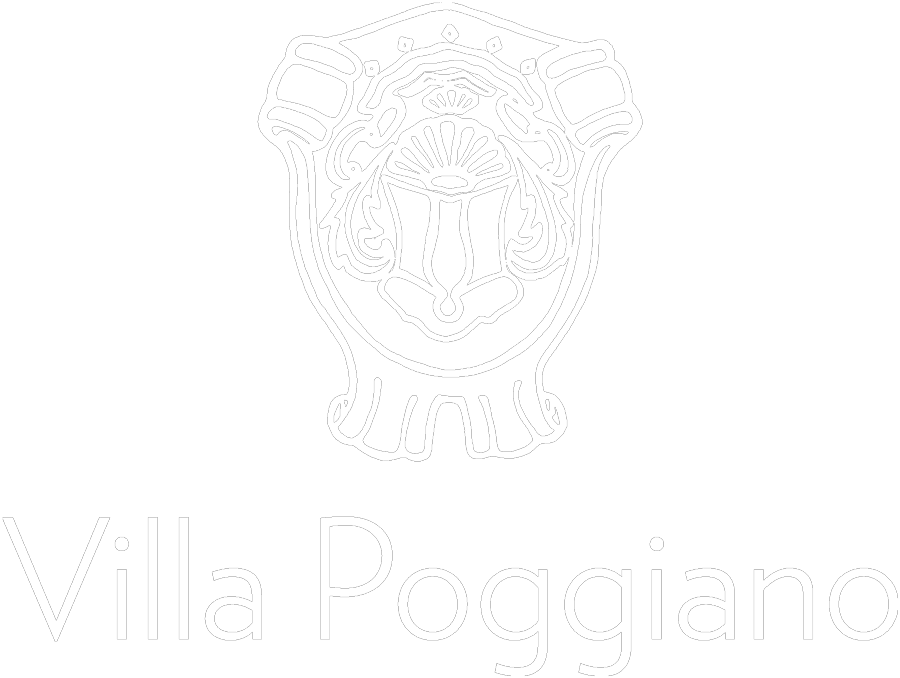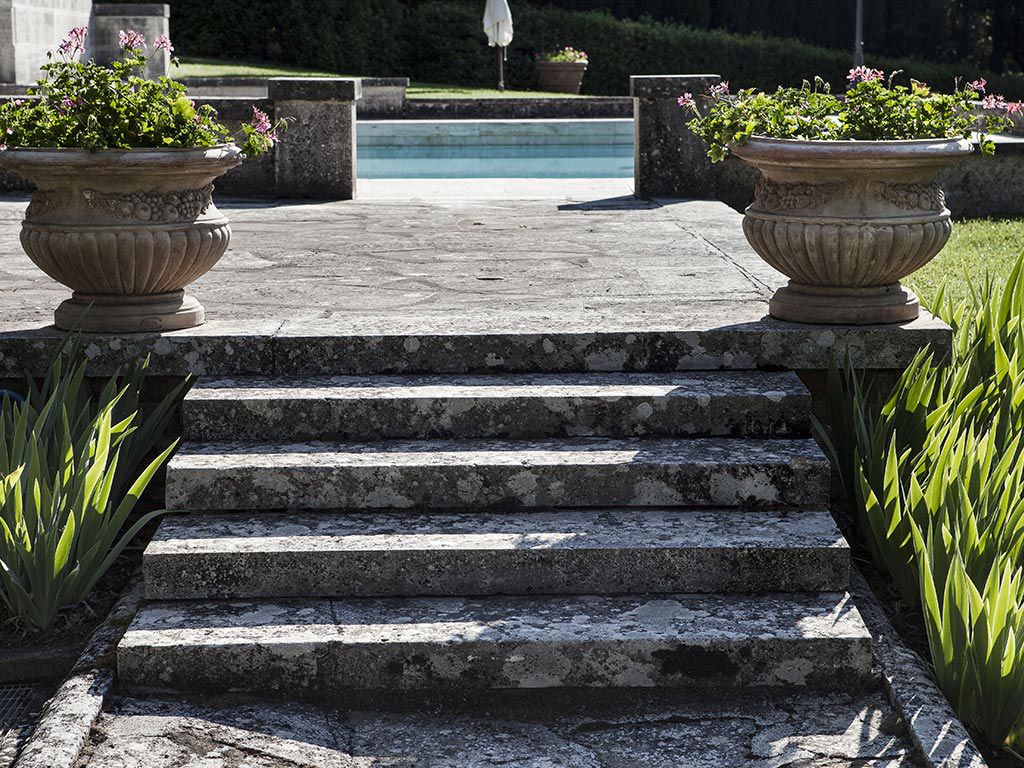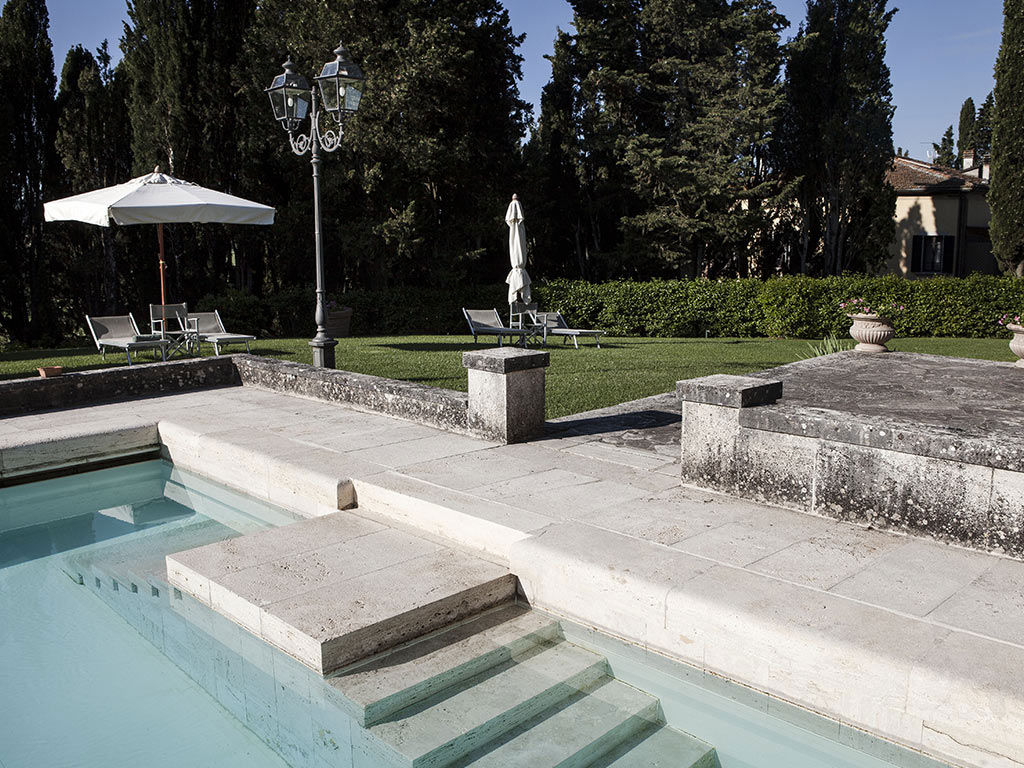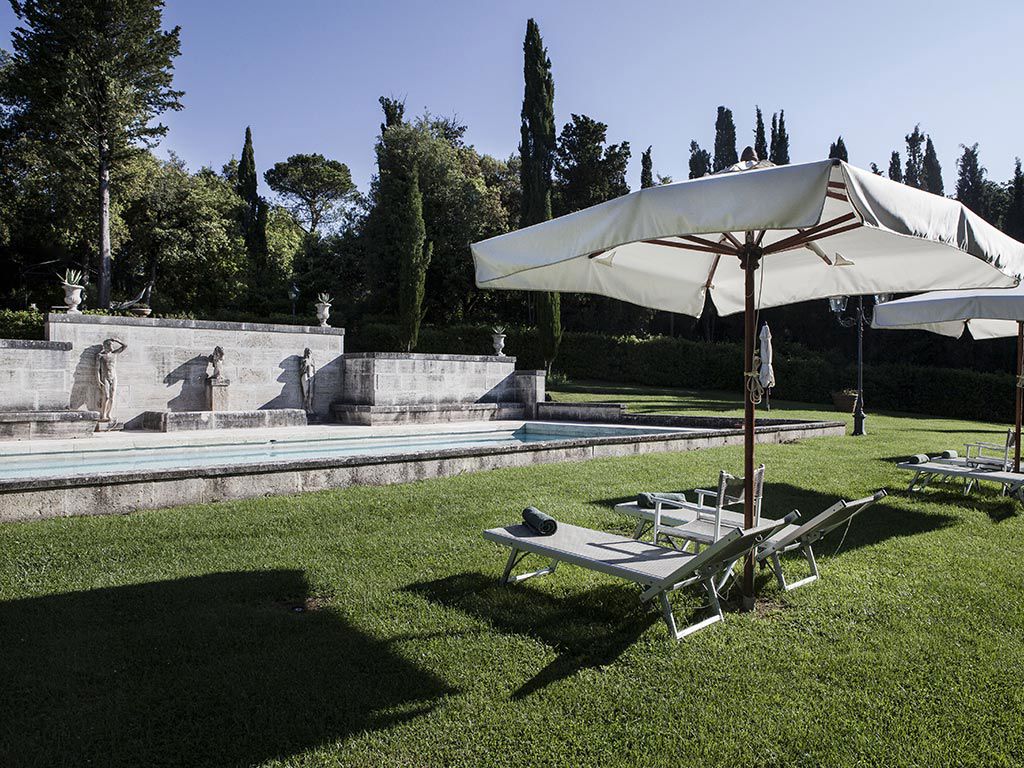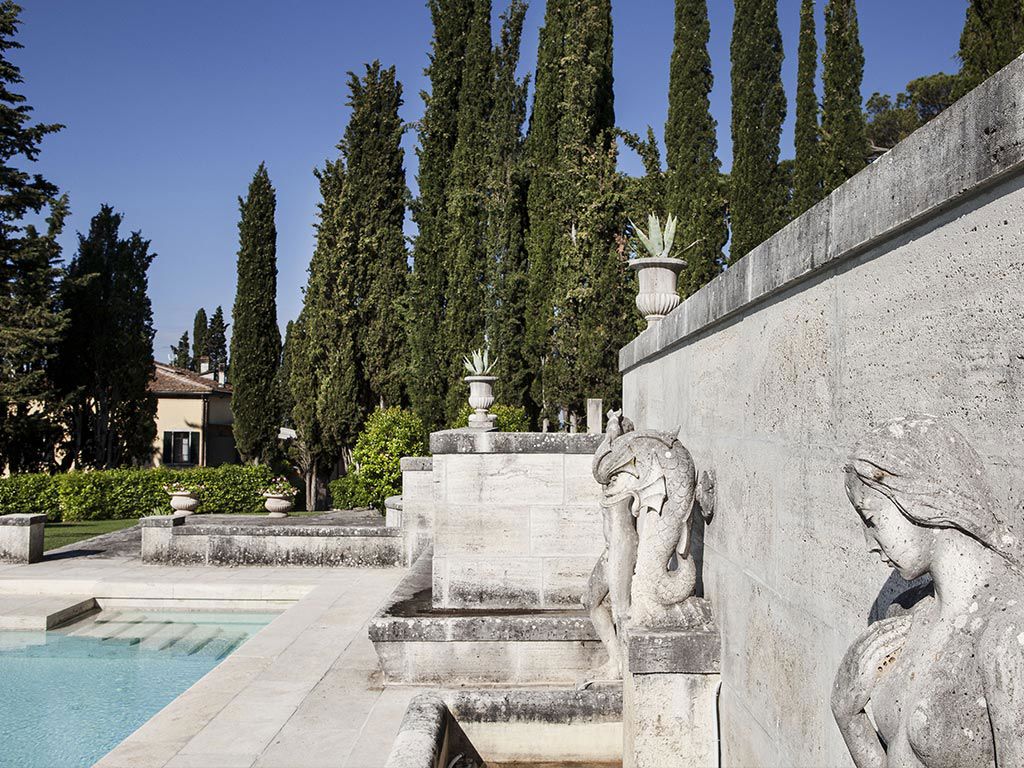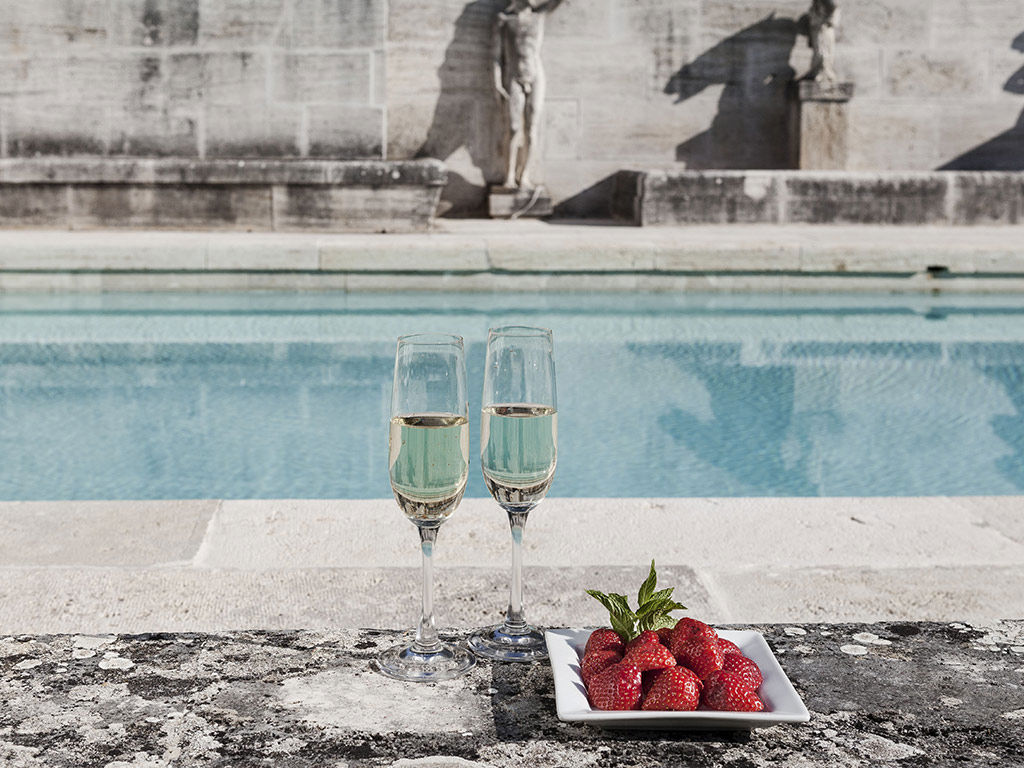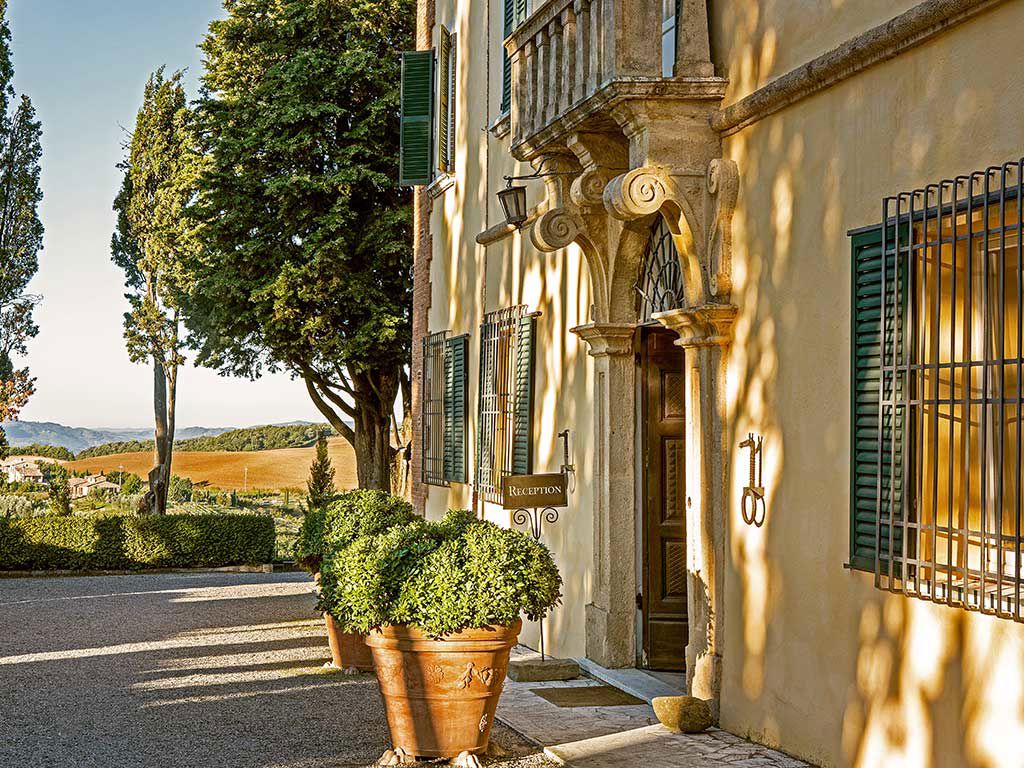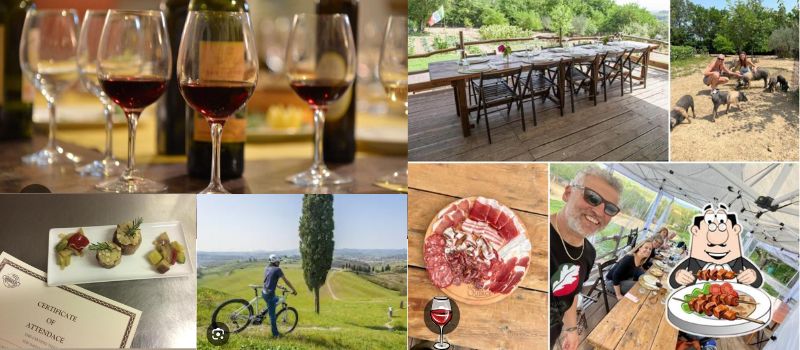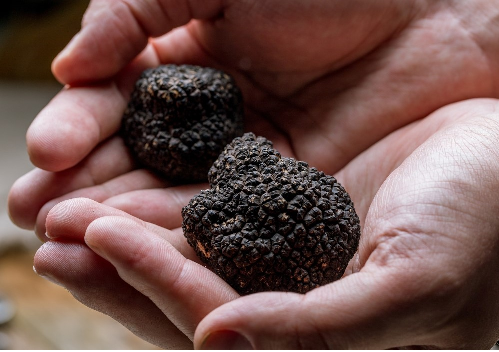Villa Poggiano: story of the garden and the pool designed in rationalist style
The main villa dates to the 17th century and was built by a noble Montepulciano family who used it as a country estate. The property included several hectares of land and vineyards but, as often happens, they sold off pieces of it over the years. Today the grounds includes six hectares of land, olive groves and woods.
The family planted the Italian garden, as evidenced by the centuries-old cypress trees that circle the villa and act as welcoming sentinels. Subsequently the garden was revisited and shaped, maintaining nonetheless the essential characteristics of an Italian garden with geometric elements created by boxwood hedges, roses and ornamental plants.
A decisive change to the villa and garden occurred between 1920 and 1940 with the so-called period of "Rationalism," which was a an architectural current in Italy in the 20's and 30's connected with the Modernist Movement that followed the principles of functionalism and continued in various ways until the 70's.
The passage from the 19th to the 20th centuries was experienced in the west as a change of epoch. Renewal was evident in the technical and economic sectors and was also reflected in architecture, where the availability of new technologies applied to building materials allowed for construction that had been unthinkable a few decades before. Rather than continuing to reason on the basis of form, they started to highlight function, which called for an architectural response.
Although there is no written testimony, the design and execution of the pool is attributed to the architect Enrico del Debbio, who, among his other works, created the Foro Italico in Rome. In fact, the Villa's swimming pool is very reminiscent of the Foro Italico.



